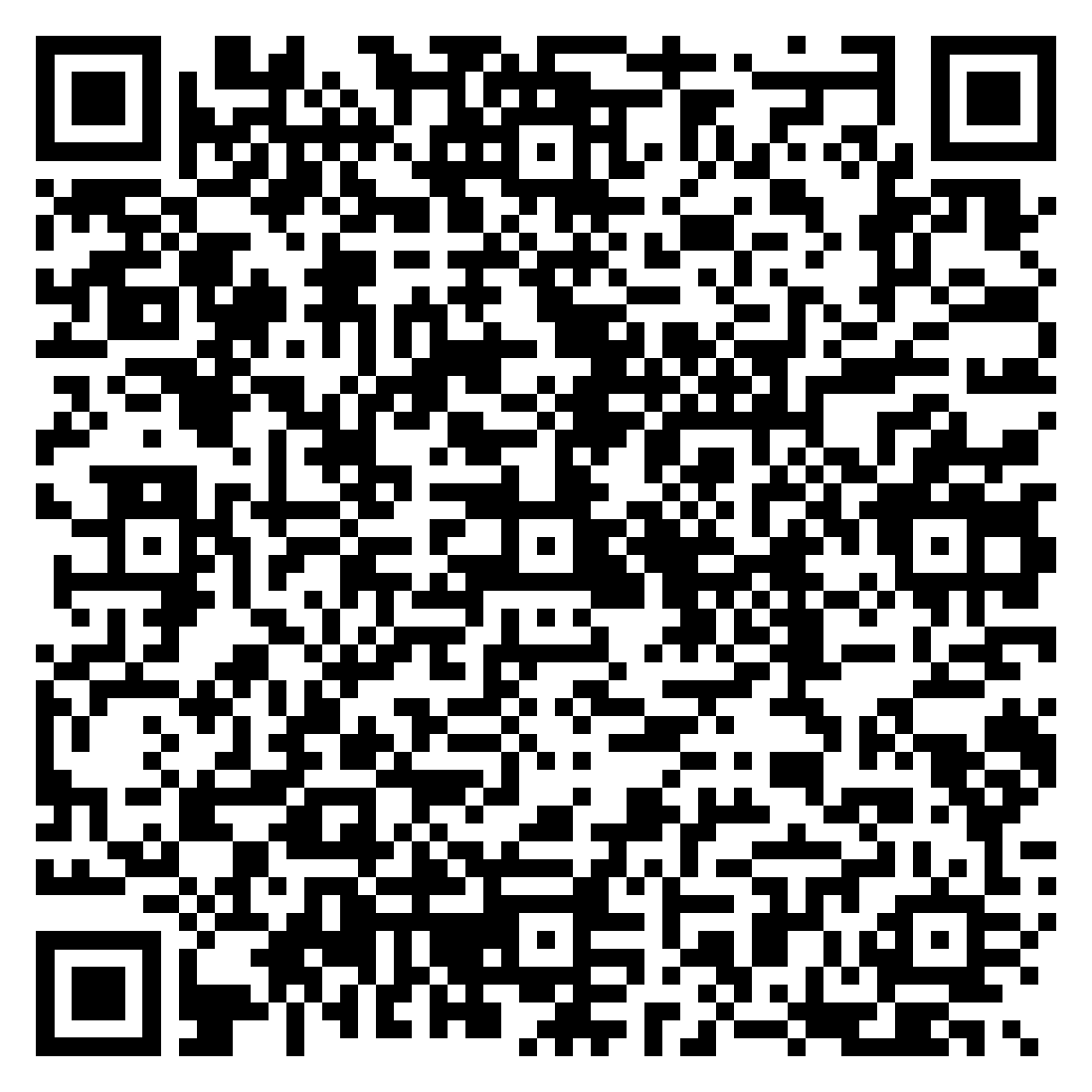
Prioritize your mental well-being daily. Enhance your life by nurturing your mental health with the Smart Meditation app. Break free from stress, alleviate anxiety, and enhance your sleep quality starting today.
How Common Is A Manic Switch On Antidepressants?
The Complex Dance of Mood and Medication
Ever embarked on a journey only to find yourself at an unexpected destination? That’s a fair analogy for what some individuals experience when they begin treatment with antidepressants, only to encounter a phenomenon known as a “manic switch.” This term might sound like tech jargon or something out of a sci-fi novel, but it’s a critical concept in the realm of psychiatry and mental health management. Let’s unravel this complex interplay of brain chemistry, medication, and mood states.
Unpacking the Manic Switch
So, what exactly is a manic switch? Simply put, it’s when a person with depression, who starts taking antidepressants, flips into mania or hypomania. Now, you might think, “Wait a minute, isn’t the point of antidepressants to lift someone out of depression?” Yes, you’ve hit the nail on the head, but here’s the rub: for a small subset of individuals, especially those with undiagnosed bipolar disorder, antidepressants can overshoot their target.
How Rare is This Phenomenon?
If you think this sounds like a rare cosmic event, you’re partially right. The exact prevalence is hard to pin down, with studies suggesting it can vary widely. However, reputable sources indicate that the risk of a manic switch is anywhere between 5% to 10% for adults with bipolar disorder treated with antidepressants. For folks without a pre-existing bipolar diagnosis, the risk plummets, making this a relatively uncommon side effect.
Yet, it’s like playing emotional roulette for those who experience it. Antidepressants, designed to provide a lifeline out of the depths of depression, can inadvertently send someone soaring into the stratosphere of mania. Mania isn’t merely feeling elated; it’s a potentially debilitating state where judgment flies out the window, impulsivity takes the driver’s seat, and sleep becomes an elusive beast.
Factors at Play
Several variables can increase the likelihood of a manic switch, including: Genetics: Having a family history of bipolar disorder can up your odds. Medication Type: Some antidepressants are more likely to induce a manic switch than others. Dosage: Sometimes, it’s not just the medicine but how much of it you’re taking. Undiagnosed Bipolar Disorder: Often, a manic switch is the event that leads to a correct diagnosis of bipolar disorder.
Navigating the Waters of Treatment
So, what’s a soul to do if they need help with depression but are spooked by the specter of mania? First off, knowledge is power. Being aware of this potential switcheroo can prepare you to recognize the signs early. Communication with your healthcare provider is key. If there’s even a whisper of bipolar in your family tree or personal mental health history, flag that with your doctor.
Treatment for depression in the shadow of bipolar disorder isn’t off the table; it just needs to be approached with caution. A combination of mood stabilizers and careful monitoring can balance the scales, preventing depression from pulling you under while keeping mania at arm’s length.
The Takeaway
While a manic switch may sound like an ominous side effect, it’s a relatively uncommon phenomenon that modern psychiatry is well-equipped to manage. Understanding the risks, open dialogue with healthcare professionals, and vigilant monitoring of mood symptoms can help ensure that the path to mental wellness is as smooth as possible. Remember, the journey through the landscape of mental health is deeply personal, and with the right guide, even the most daunting obstacles can be navigated successfully.




